Impressive results in the period 2021-2025
According to the draft Report on the assessment of 5 years of implementing the 10-year Socio -Economic Development Strategy 2021 - 2030, Vietnam's economy maintains macroeconomic stability, inflation is controlled, major balances of the economy are ensured and growth is maintained at a fairly high level in the context of many global fluctuations. Economic growth is maintained at a fairly high level compared to the region and the world, the average growth rate of gross domestic product (GDP) in the period 2021 - 2025 is about 6.3%/year, of which the growth rate in 2025 is expected to increase from 8.3 - 8.5%.

Vietnam's economic growth remains at a fairly high level compared to the region and the world . Illustrative photo.
GDP scale from 346.6 billion USD in 2020, ranked 37th in the world, is expected to increase to over 510 billion USD in 2025, 1.47 times higher than in 2020, ranked 32nd in the world and 4th in the ASEAN region; GDP per capita is 1.4 times higher, increasing from 3,552 USD to about 5,000 USD.
Per capita national income (GNI) will increase from 3,400 USD in 2020 to 4,490 USD in 2024, approaching the upper middle-income level; by 2025 it will reach about 4,700 USD, entering the group of upper middle-income countries.
Growth quality has changed positively, labor productivity increased by an average of 5.3%/year, the contribution of total factor productivity (TFP) to economic growth reached about 47%. Public investment has been allocated and used more focused, key and effectively; the quality of foreign direct investment (FDI) continues to improve...
According to the draft Report, all sectors and fields have made clear progress: industry and services continue to play a driving role; the two major industrial regions of the country, the Southeast and the Red River Delta, continue to play a driving role in industrial development; agriculture develops in an ecological, circular, organic and high-tech direction; the private economic sector develops dynamically, contributing about 51% of GDP, over 30% of budget revenue, employing 82% of the labor force; trade, investment and socio-economic infrastructure have been strongly improved. Along with that, digital infrastructure, telecommunications infrastructure, national database system, online public services and e-commerce develop rapidly, creating an important foundation for national digital transformation.
Science, Technology, Innovation and Digital Transformation: Key Drivers for Growth
According to the draft Report on the assessment of 5 years of implementing the 10-year Socio-Economic Development Strategy 2021-2030, results in the fields of Science, Technology, Innovation and Digital Transformation are clearly recorded.
Mechanisms and policies on science, technology and innovation have undergone fundamental changes in the spirit of Resolution No. 57-NQ/TW of the Politburo. Two strategic infrastructure projects, including the National Innovation Center and the National Data Center, have been completed and put into operation, contributing to creating momentum to promote innovation, transform the growth model and increase the added value of the economy.
Some fields of natural sciences have reached advanced levels in the region and the world; the number of research works published in international journals continues to increase. Many modern scientific and technological achievements are rapidly applied in medicine, agriculture, industry, information, etc., bringing about clear results in improving productivity and quality of products and services.
The national innovation system has been formed and strongly developed; the Vietnam innovation network has been established and connected to the global network. Vietnam's global innovation index (GII) has continuously improved, ranking among the leading middle-income countries.
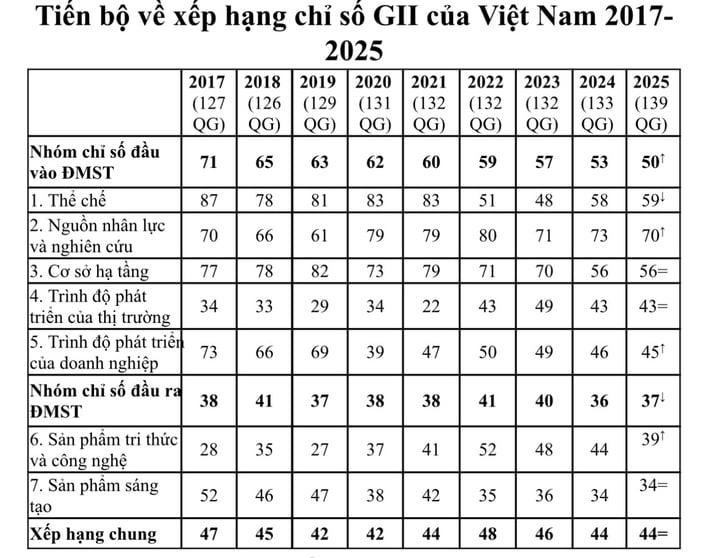
Progress in Vietnam's GII ranking from 2017 - 2025.
The science and technology market has developed; the innovative startup ecosystem has been consolidated; many high-tech zones continue to receive investment, playing the role of a nucleus for the development of new technologies. The system of quality measurement standards and intellectual property has been consolidated in line with international standards and commitments.
The scientific and technological intellectuals have developed in both quantity and quality; a number of Vietnamese scientists have been recognized and honored internationally. The autonomy of public scientific and technological organizations has been enhanced; many advanced international scientific and technological organizations have been established in both the public and private sectors.
The development and application of population data, electronic identification and authentication are being strongly and resolutely deployed from the central to local levels, creating a foundation to promote national digital transformation. The digital economic growth rate reaches an average of 9-10%/year, accounting for about 14-15% of GDP in 2025. According to a report by the Ministry of Science and Technology, the proportion of the digital economy in GDP in 2025 is estimated to reach 19-20%.
Information, communication and digital infrastructure continue to be expanded and modernized: 4G coverage reaches 99.8%, higher than the average of high-income countries (99.4%); 100% of communes and wards have fiber optic broadband infrastructure; household fiber optic coverage reaches 80.1%, higher than the world average (60%); the ratio of smartphone users/mobile phone users is estimated at 84.4%, higher than the world average (63%).
The national database system is gradually being formed, integrated, connected, and data is being shared among ministries, branches, and localities; the postal infrastructure is being developed to meet the requirements of the digital economy and e-commerce.
Digital transformation is strongly promoted in industries and fields, contributing to improving the efficiency of state management, improving the quality of public services and reducing costs for people and businesses.
In addition to the achievements, the draft Report also pointed out some limitations. Science and technology have not become an important driving force for industrialization and modernization; the development of science, technology and innovation lacks breakthroughs; Vietnam has not mastered strategic technologies, core technologies and source technologies. Linking institutes - schools - enterprises and commercializing research results is still limited; high-quality human resources are still lacking. Science and technology infrastructure and digital infrastructure are not synchronized.
The achievements in science, technology, innovation and digital transformation in the 2021-2025 period not only contribute to improving the productivity and competitiveness of the economy but also create an important foundation for the next stage of development. The draft documents of the 14th National Congress clearly state: "Establishing a new growth model with the goal of improving productivity, quality, efficiency, added value and competitiveness of the economy; taking science, technology, innovation and digital transformation as the main driving force; creating new high-quality production capacity and production methods, focusing on data economy and digital economy; promoting digital transformation, green transformation, energy transformation, structural transformation and quality of human resources".
Adhering to those strategic orientations, along with promoting the application of science and technology, developing the digital economy and promoting innovation throughout society, will create the foundation for Vietnam to form strong growth poles, key economic zones and new development models on par with the region, towards the goal of rapid and sustainable development in the coming period.
Source: https://mst.gov.vn/khcndmstcds-nhung-ket-qua-quan-trong-dong-gop-cho-tang-truong-giai-doan-2021-2025-197251114151536271.htm




![[Photo] Action for the Community tells stories of enduring journeys – both intimate and great, yet quiet and determined](https://vphoto.vietnam.vn/thumb/1200x675/vietnam/resource/IMAGE/2025/11/15/1763179022035_ai-dai-dieu-5828-jpg.webp)

















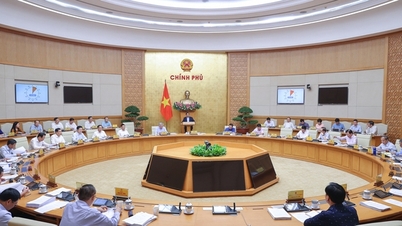
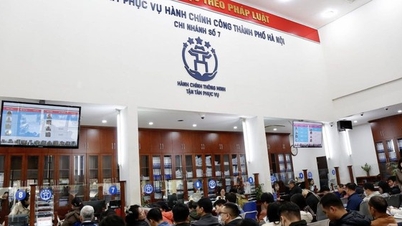










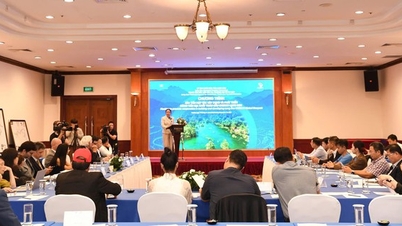












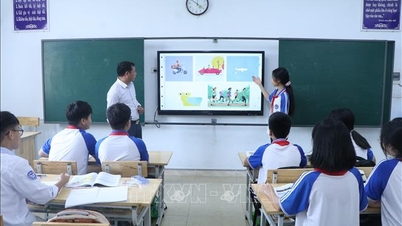




































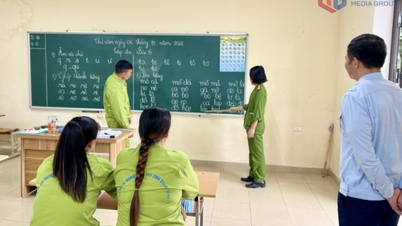
















Comment (0)